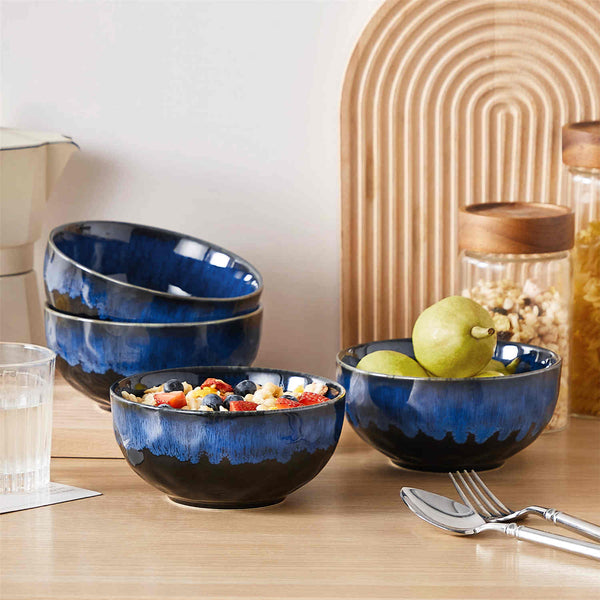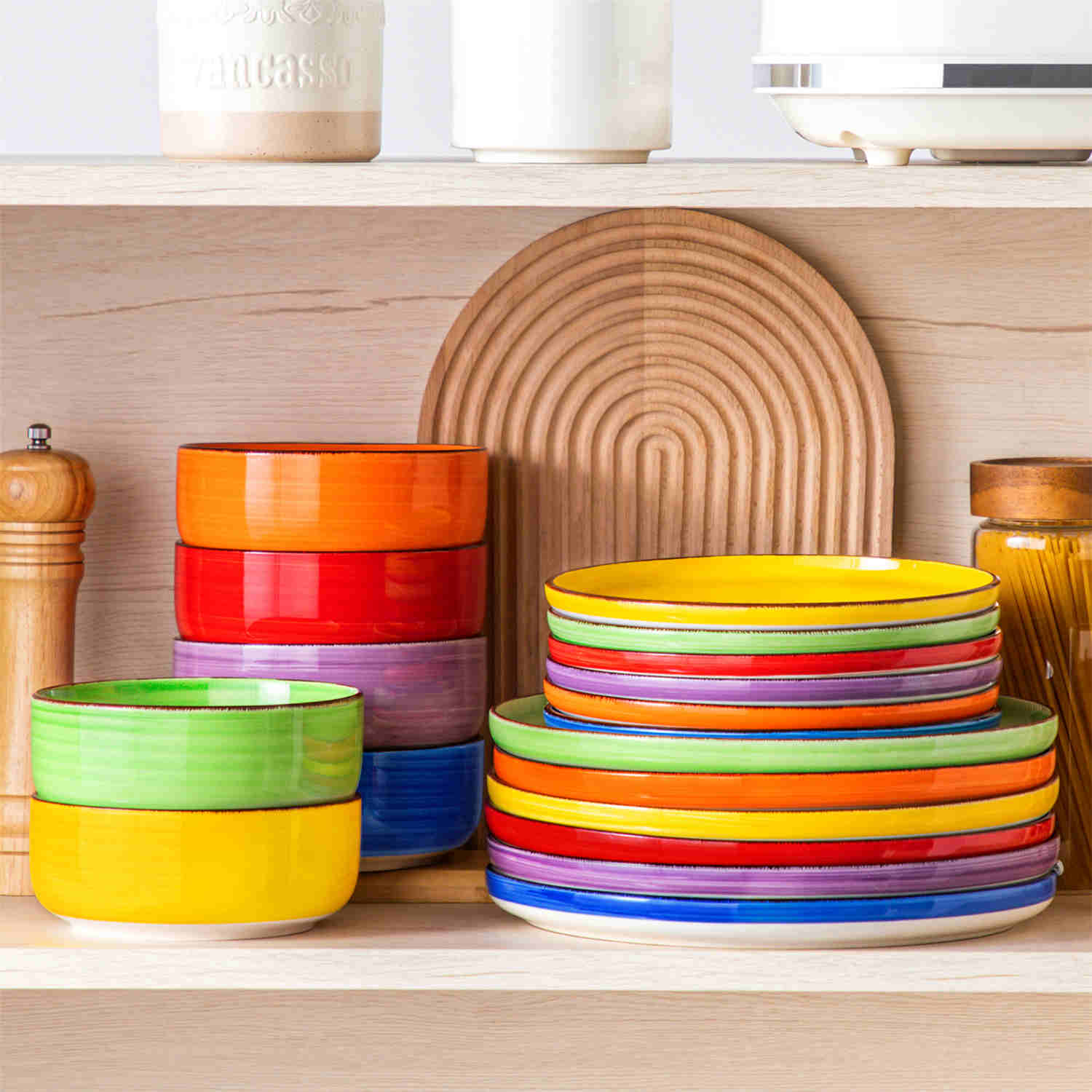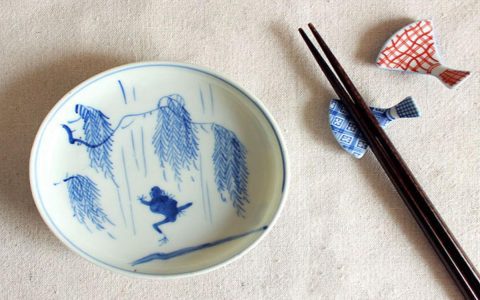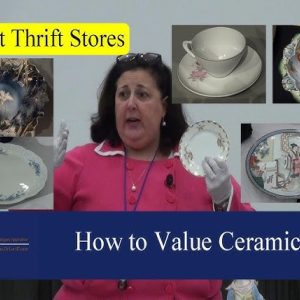Understanding Vintage Stoneware Bowls
Definition: Vintage stoneware bowls typically refer to ceramic pieces aged between 20 and 100 years, predating modern mass-production techniques. Stoneware is a dense, opaque, and non-porous ceramic fired at high temperatures (approximately 1200°C to 1300°C or 2190°F to 2370°F), rendering it durable and chip-resistant.
Key Characteristics:
- Material Integrity: Often heavier and more robust compared to earthenware. Exhibits a vitrified or semi-vitrified body.
- Glazes: May feature distinctive glazes like salt glaze (resulting in a slightly orange-peel texture and sheen), ash glaze, or Bristol glaze. Older pieces might have lead-based glazes.
- Construction: While some were mold-made, many vintage pieces show evidence of hand-throwing or finishing, such as subtle irregularities or visible throwing rings.
- Design Aesthetics: Reflect the utilitarian or decorative styles of their era, ranging from simple farmhouse forms to more elaborate patterned or art pottery designs.
Identifying Vintage Stoneware
Maker's Marks: Examine the base for impressed, incised, stamped, or printed marks. These can indicate the manufacturer, country of origin, and sometimes a pattern name or production period. Unmarked pieces are also common.

Glaze and Decoration: Specific glaze types (e.g., a thick, drippy Albany slip, a tell-tale salt glaze finish) or decorative techniques (e.g., cobalt blue brushed designs, spongeware, hand-painted motifs) can point to a particular origin or period.
Form and Weight: The shape of the bowl, including its rim, foot, and overall profile, often aligns with styles popular during specific decades. Vintage stoneware generally possesses a substantial weight.
Signs of Age: Authentic pieces may exhibit wear consistent with their age, such as crazing (fine crackling in the glaze), minor glaze imperfections, utensil marks, or slight discoloration. These should not be confused with significant damage like cracks or large chips.
Notable Types and Styles
Common vintage stoneware bowl types include:
- Yellow Ware: Characterized by its buff to yellowish clay body, often minimally decorated with simple bands of blue, white, or brown. Popular for kitchen utility from the mid-19th to early 20th century.
- Salt-Glazed Stoneware: Recognizable by its slightly textured, glossy surface, often grayish or brownish, frequently adorned with cobalt blue slip decorations. Prevalent in the 18th and 19th centuries.
- Mixing Bowls: Sturdy, often large bowls designed for kitchen prep. Can range from plain utilitarian forms to those with molded patterns or colored glazes.
- Spongeware/Spatterware: Features a decorative technique where color is applied with a sponge or by spattering, creating a mottled or patterned effect.
- Crockery Bowls: Often associated with storage crocks, these bowls are typically thick-walled and durable, sometimes with interior glazes like Albany slip (dark brown) or Bristol glaze (white/off-white).
Value and Collectibility Factors
The value of vintage stoneware bowls is influenced by several elements:

- Rarity: Pieces from smaller, lesser-known potteries, or those with unusual designs or glazes, can be more valuable.
- Condition: Bowls in excellent condition, free from major chips, cracks, hairlines, or significant staining, are most desirable. Minor, age-appropriate wear is usually acceptable.
- Manufacturer: Items from well-documented and highly collected potteries (e.g., Red Wing, McCoy, Watt, certain European makers) often command higher prices.
- Aesthetic Appeal: The visual attractiveness, including the quality of decoration, form, and glaze, plays a crucial role.
- Size and Form: Unusually large or small examples, or unique forms, can enhance collectibility.
Care and Use Considerations
Cleaning: Handwashing with mild dish soap and a soft cloth is generally recommended. Avoid abrasive scrubbers or harsh chemical cleaners that could damage the glaze or decoration.
Temperature Sensitivity: Vintage stoneware can be susceptible to thermal shock. Avoid exposing pieces to sudden extreme temperature changes (e.g., moving directly from a refrigerator to a hot oven or vice versa).
Food Safety: Caution is advised when using very old stoneware (particularly pre-1970s) for food service, especially with acidic foods. Some older glazes may contain lead or cadmium. If uncertain about glaze composition, it is safer to use such bowls for decorative purposes or with a food-safe liner.
Display and Storage: Store carefully to prevent chipping. If stacking, place a soft protective layer (e.g., felt, paper towel) between bowls, especially if they have intricate designs or delicate rims.












